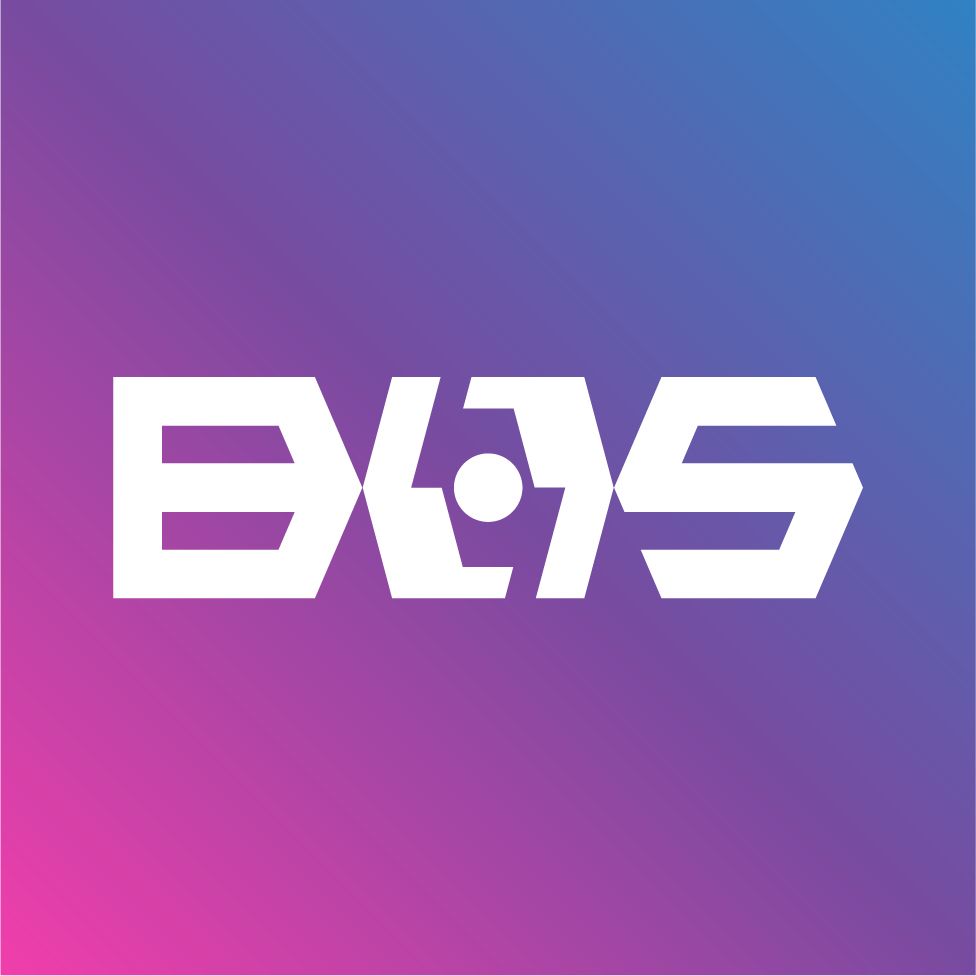698 reads
Saša Milić Offers Hot-Takes on Chainlink, UMA, Tellor, Nest, and Band Protocol
by
December 2nd, 2022
Audio Presented by

The Blockchain Oracle Summit is the only event in the world to focus solely oracles.
Story's Credibility

About Author
The Blockchain Oracle Summit is the only event in the world to focus solely oracles.